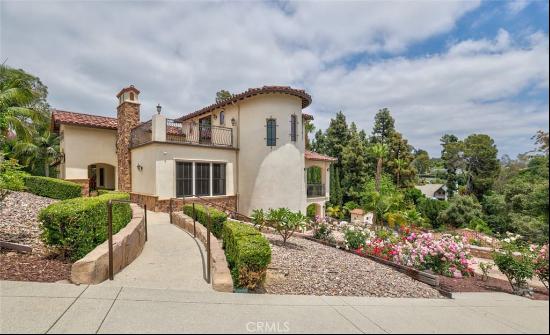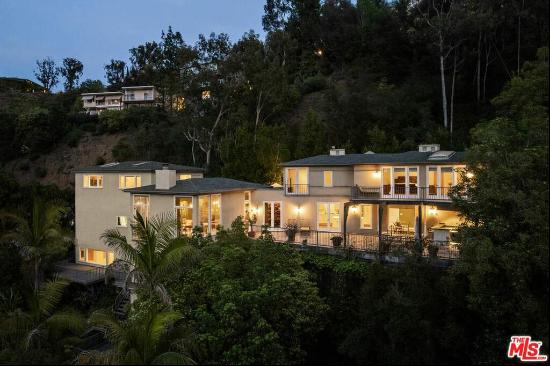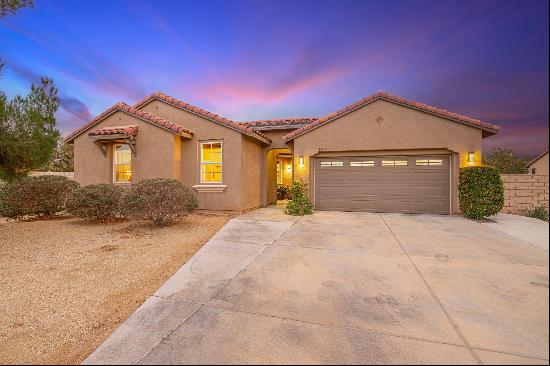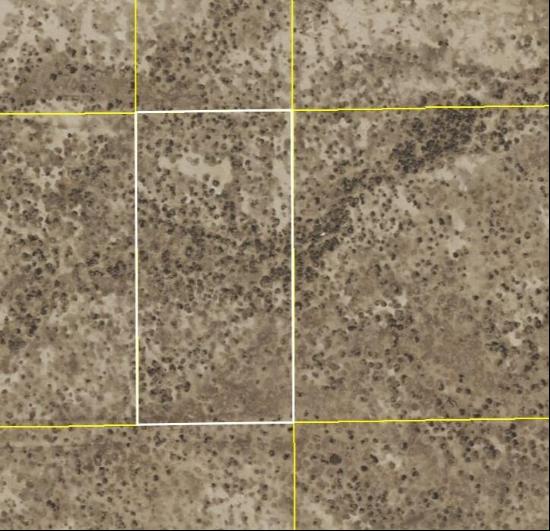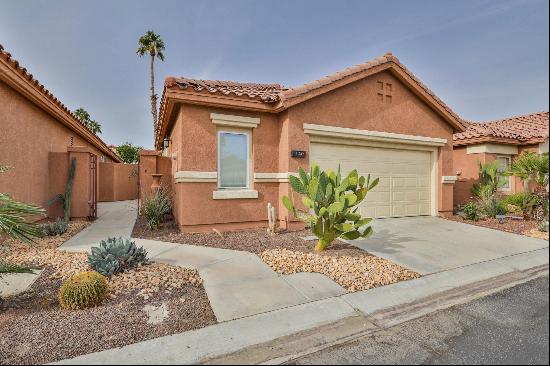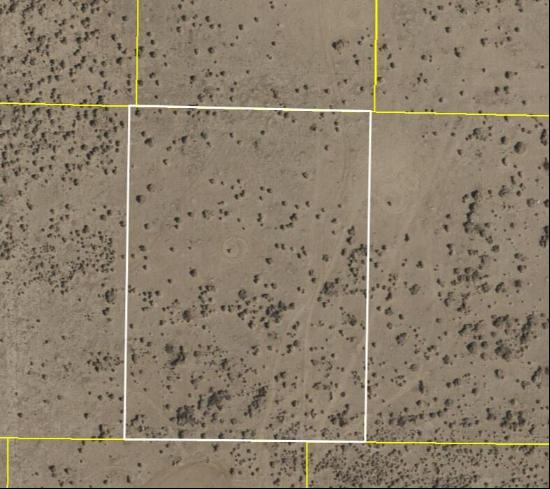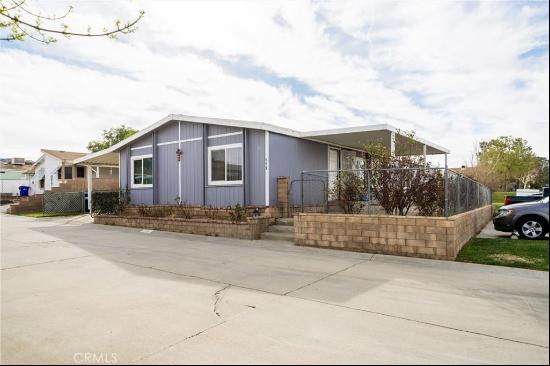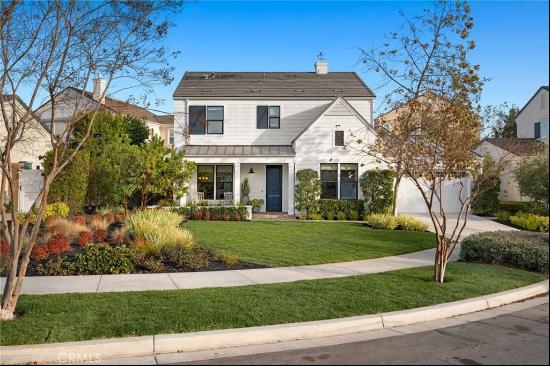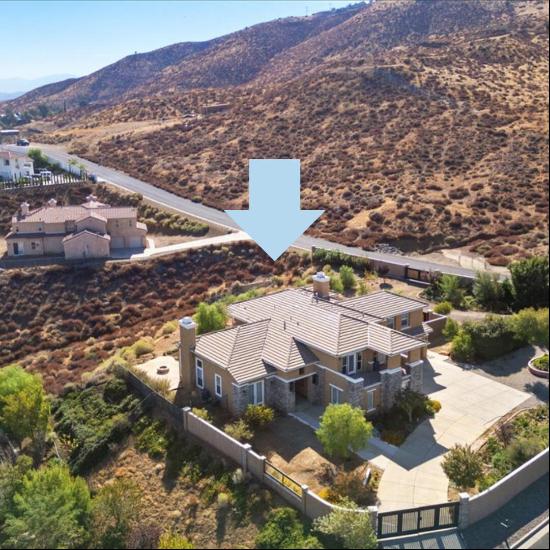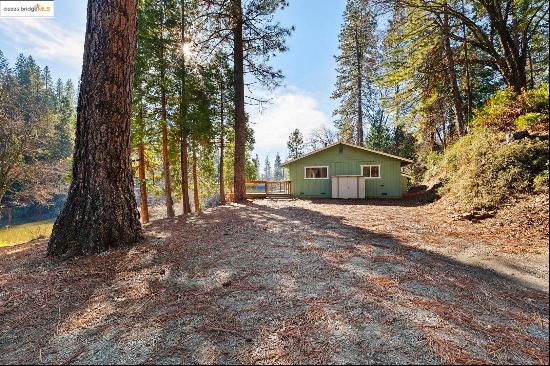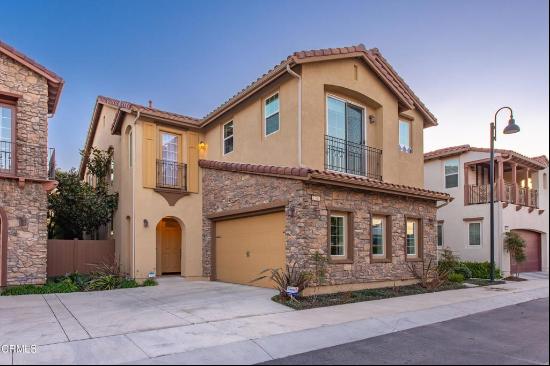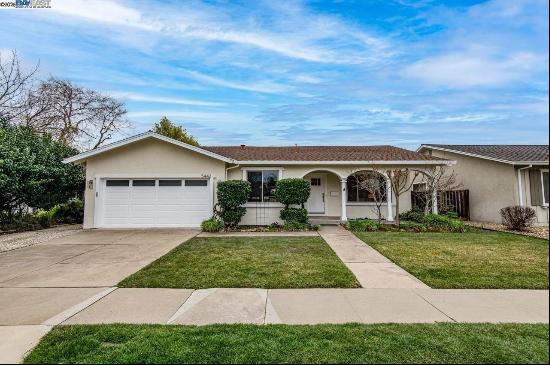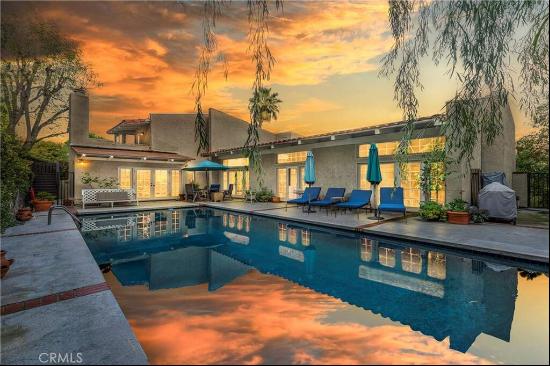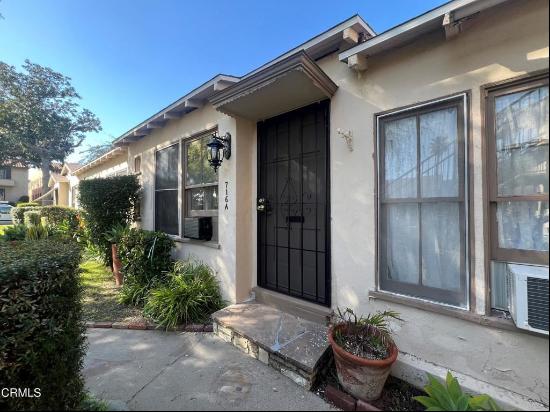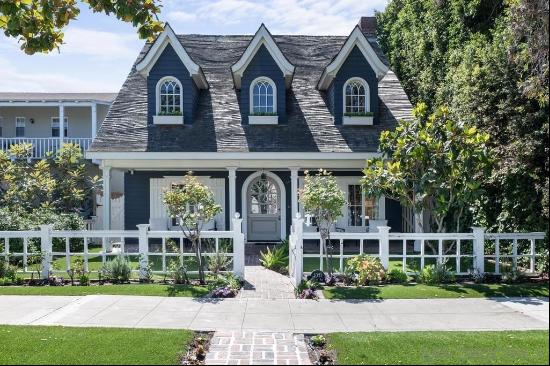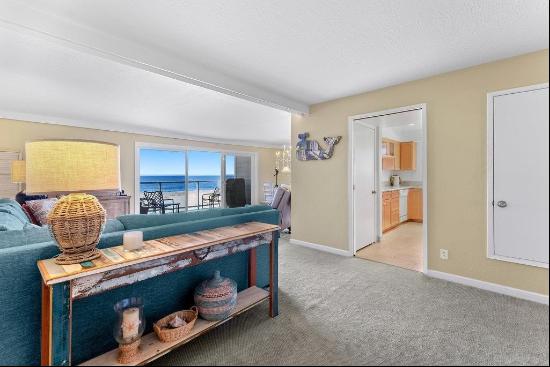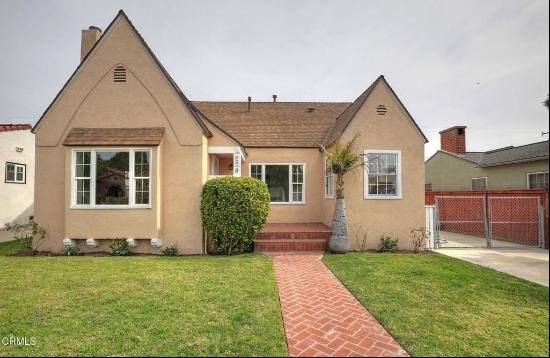
By Imogen Lepere
When seeking inspiration for the design of a new home, Stanley Kubrick’s 2001: A Space Odyssey is probably not where most people would look. Nor would they think to make the house “invisible”, so that, as here, it reflects the desert moonscape of California’s Joshua Tree National Park.
But when one considers that the homeowner in question is film producer Chris Hanley, who used to “roll with Andy Warhol and make music with Jean-Michel Basquiat”, and co-produced cult Hollywood movies The Virgin Suicides and American Psycho, it begins to make sense.
“I was fascinated by the alien monoliths in 2001: A Space Odyssey and how much they look like America’s skyscrapers,” Hanley muses enthusiastically from his Los Angeles home in Venice Beach. “The juxtaposition of nature with these forms that are so rectangular and solid has haunted me throughout my life.”

This three-bedroom hideaway, which is at the southern end of the Mojave Desert, began as a rectangle scribbled by Hanley on a piece of paper. Architect Tomas Osinski, a frequent collaborator with Frank Gehry, was enlisted to make the cantilevered, cabin-like structure a reality. It was completed in 2020 and is available on the rental market.
To minimise disruption to the delicate desert ecosystem, part of the structure floats above the ground on concrete columns. Its visual impact is also limited by the mirrored exterior, which allows the house to almost disappear into a shimmering mirage.
This effect has been achieved by using Solarcool glass, which reflects light and heat while still allowing those inside uninterrupted views of the property’s 90 acres of land.
Hanley says that the property “encourages a dialogue between indoors and outdoors. Nature is arguably the purest form of art”. Entirely on one level measuring 5,500 square feet, the house has been designed as one long, continuous entertaining space with a solar-heated freshwater pool running through the centre and a large projection wall at one end. Sliding floor-to-ceiling glass doors on the west-facing wall allow the space to be opened to the landscape.
“Invisible House is meant to be lived in, but it’s also designed to nurture creativity — it borders Joshua Tree, a Martian landscape that has the appeal of the Wild West and breeds artistic freedom as a result,” says Hanley.
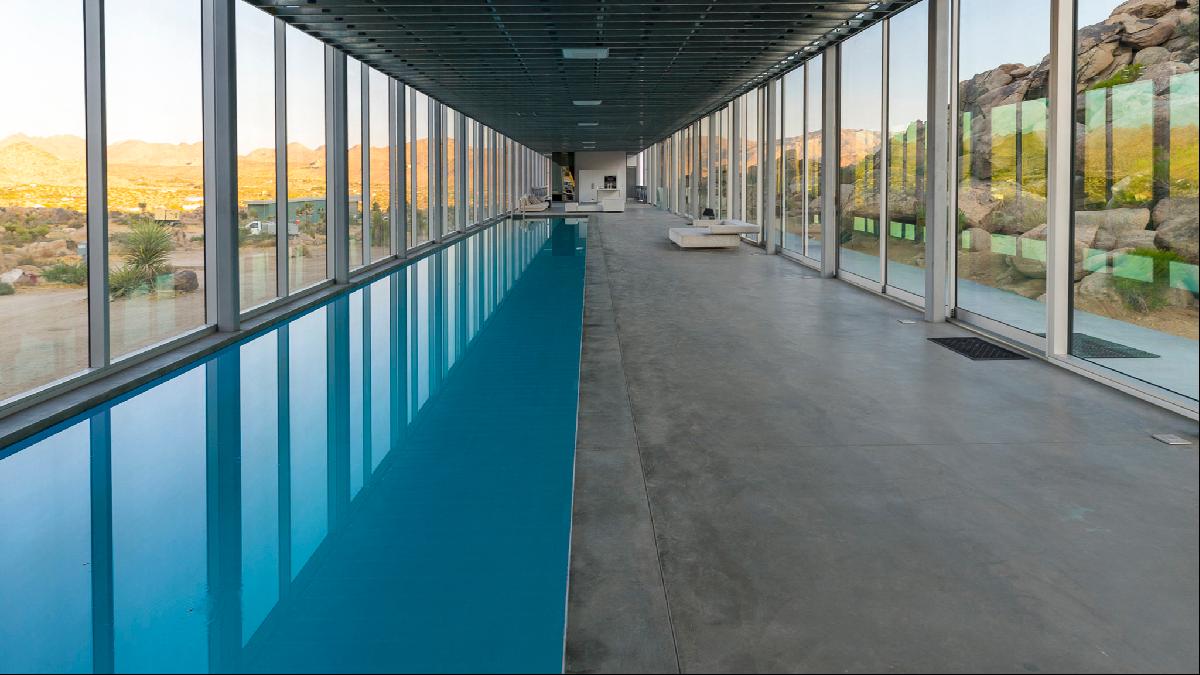
Between July 2019 and August 2020, the house was available as a location for photoshoots and films. It has been depicted in cartoon form at the start of the music video for a remix of “Save Your Tears” by The Weeknd and Ariana Grande, while Olympic skateboarder, Nyjah Huston, was filmed performing tricks around the pool as part of an advertising campaign for an American watch company. Artists as diverse as singer-songwriter Alicia Keys, DJ duo The Chainsmokers, metal band Korn, director Sam Taylor and actor Aaron Johnson have stayed there to work on various creative projects.
“Every time an artist stays in the house, it’s like the design is being licensed. Each one interprets it differently and they often manipulate it visually,” says Hanley.
This appeals to Hanley, who studied neuroscience, artificial intelligence and literature at Amherst College, Massachusetts during the 1970s and has always had an interest in futurology and the democratisation of art.
“I’m currently working on a virtual version of the house so that artists can create work there and distribute it to millions,” he says. “I see it being part of the new movement of peer-to-peer distribution that will sweep across all forms of art over the next few years.”
In the meantime, stays at the tangible version of Invisible House can be booked from $150,000 per month.
Photography: Engel & Völkers Santa Monica; Masek Imaging


